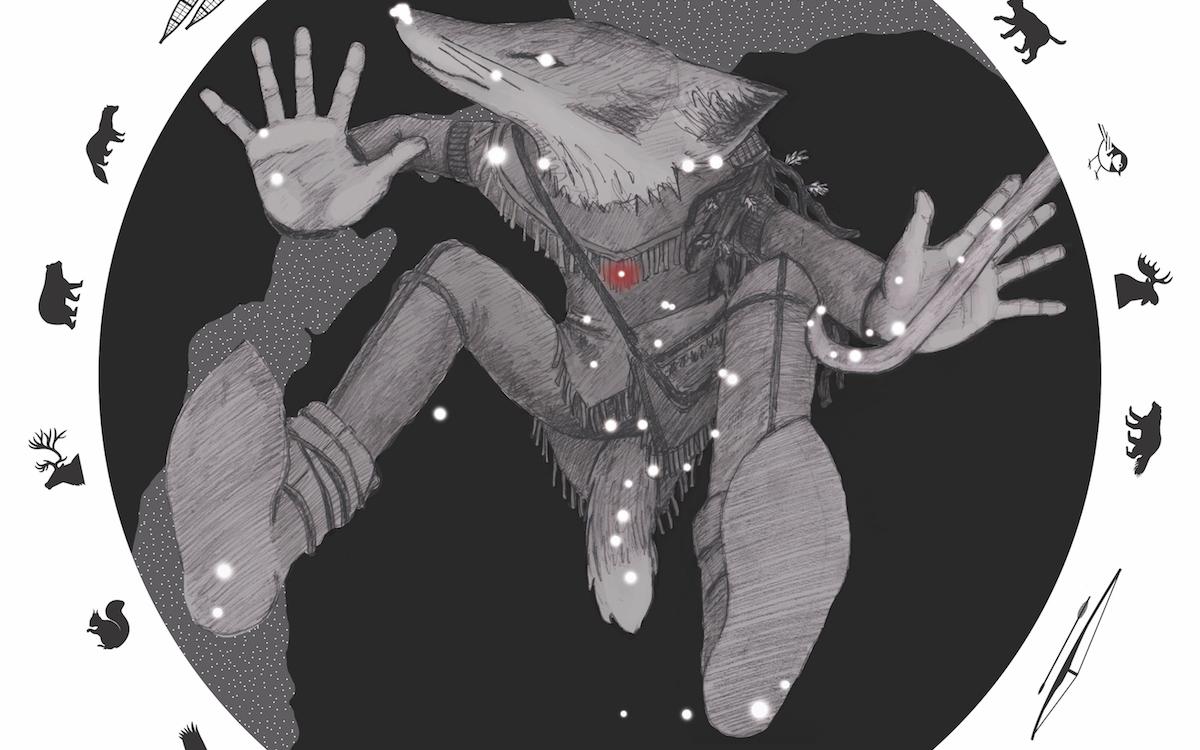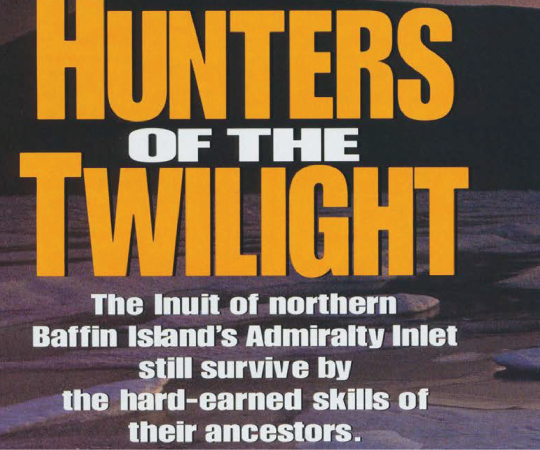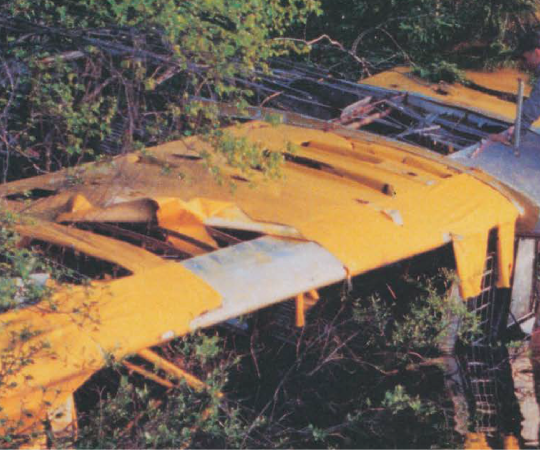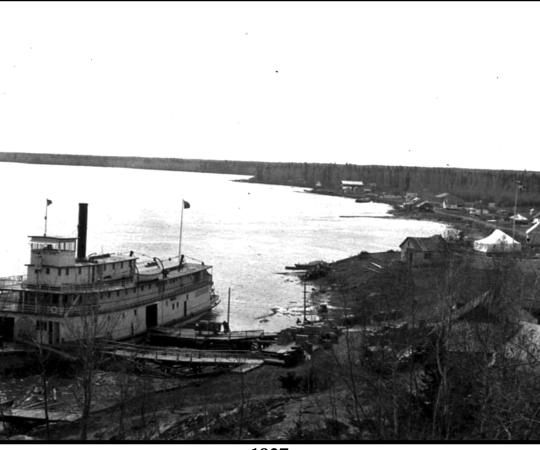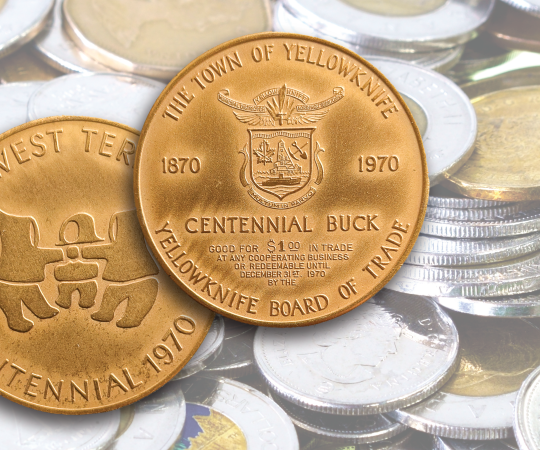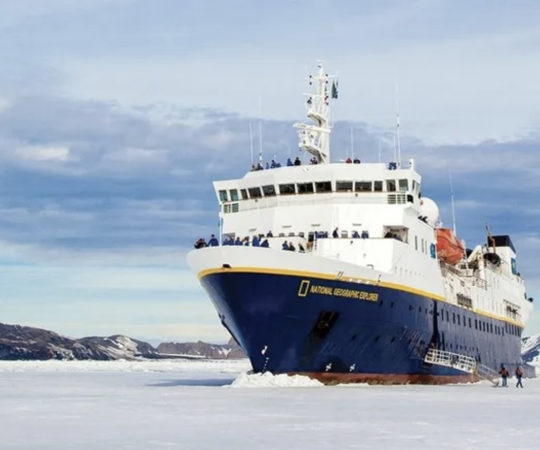There’s a faint red star somewhere in the night sky. Look for it.
Those were the only instructions given to Chris Cannon by a Gwich’in traditional knowledge-bearer. Not the star’s name, nor where it was located.
“It took me three-and-a-half years to find it.”
A cultural anthropologist at the University of Alaska, Cannon has spent the past decade researching traditional northern Dene astronomy across Alaska and the Northwest Territories. What he’s learned, what he’s grown to understand, is a cosmology and worldview linking past with present and future, which binds the individual to society and the universe. Such knowledge is not easily attained.
“You really can’t access it until you learn how to learn in a Dene way,” he says. “People don’t just tell you things. They give it to you when they think you need it.”
European cultures and Western science tend to organize constellations by their traditional Greek arrangements. But there are vastly different ways of looking at the stars. For northern Dene, the most prominent is a massive sky constellation consisting of dozens of different star groups.
The Gwich’in in Alaska call this constellation Yahdii. In NWT, Dene know it as Yéhdaa or Yìhda. There are many names for this collection of stars and, too, for the ancient spirit it represents—Yámoréya, Yamya, Yamoòzha. In some stories, it’s one man. In others, it’s two brothers. For simplicity’s sake, Cannon calls him the Traveller.
The stories of the Traveller are well-known in the sub-Arctic. He’s a being who journeyed around the Earth when it was still young, making the world safe for people, transforming dangerous animals into their present forms, and establishing the laws and taboos of Dene culture. At the end of his journey, the Traveller is incarnated in the stars where he continues watching over the world as its guardian and its teacher.
The faint red star? It’s the Traveller’s heart. A point of light embodying his power in creation. But locating the heart isn’t a matter of coordinates, one Elder told Cannon. It’s a process of living a worthy life, consistent with the Traveller’s teaching.
“We were doing this hunting and trapping and everything. At the beginning, I thought, how am I learning about the stars? I finally put it together after six years that all the places we travelled were along this path of this Traveller.”
In other words, it’s impossible to know this sacred Dene knowledge without experiencing it in the proper cultural and spiritual context.
“The more I travelled on the land with [the Elders] and put things together, I think in their eyes that was knowing.” says Cannon. “That was the correct process to learn about this. They’d give me a little bit more, and a little bit more. It wasn’t people just coming in and telling me. It was committing to a relationship, and learning about it in a very Dene way.”
One of those working with Cannon on this journey is Mandy Bayha, the director of language, culture and spirituality for the Délįne Got’įnę government. Her job navigates the thin line between preserving culture and reintegrating it into a modern
context—helping the next generation learn from their Elders to practice the ways that have sustained Dene for thousands of years. That includes the knowledge hidden in the stars.
“It’s not just some cool legend that exists from whenever,” Bayha says. “It really has value and meaning today, if we can see it. If we spend time with it.”
Writing this knowledge down in a research paper is, obviously, not at all how it’s supposed to be presented. But it’s necessary right now. The decision to publish an academic journal article in 2019 containing Cannon’s research was made by the Dene contributors and stakeholders of this ancient wisdom, “in recognition that the need to preserve and foster this information now outweighs losing it to obscurity.”
“We write these things, or we document these things, it’s important because maybe we’ll have future generations that are looking back and will continue that work,” says Bayha. “The point is, it has to be somewhat preserved… But we do so in a very mindful way.”
The same Elders and community representatives Cannon learned from, including Paul Herbert of the Fort Yukon Gwich’in and Charlie Neyelle of the Sahtu Dene in Délįne, actively edited the article, choosing what to omit or include. Three participating First Nations and a tribal consortium of 42 Dene communities also provided letters of support for Cannon’s research.
Still, the written account is only the experience of one man. A different time, a different person, a different context would teach different lessons. Truthfully, all anthropologists are influenced by these elements, though few have historically acknowledged it.
Cannon says the Elders he works with are very gracious, and he’s careful to have them review everything he writes, but they both know this isn’t the definitive format for sharing such wisdom.
“It’s less powerful than actually speaking about it,” he says. “It’s not true knowledge.”

